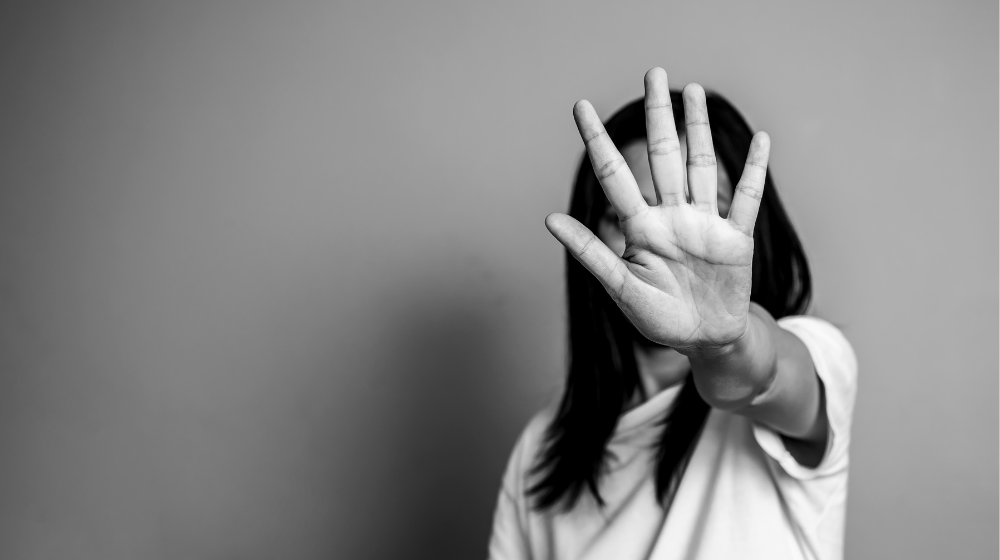As we observe the “16 days of Activism against Gender-Based Violence” with the theme ‘End Violence Against Women Now’, we do so against the sobering backdrop of the latest global estimates that one in three women, around 736 million women across the globe experience violence in their lifetime. This number has remained unchanged over the past decade despite global and national commitments.
The Covid-19 pandemic has exacerbated the risk of VAWG (violence against women and girls). While the full impact of the pandemic on VAWG will need to be studied closely, the world continues to confront the unchanged reality of its prevalence in public, private and digital spaces, and the role of men as perpetrators. Women report violence from men, both through Intimate Partner Violence (IPV), and physical or sexual violence by someone other than their husbands or partners. The latest National Family Health Survey (NFHS-5) data for India indicates that 29 per cent of the ever-married women reported experiencing spousal violence – a slight decrease from the 31 per cent reported in NFHS-4, but still a sizeable number and a major cause of concern.
Men and boys are an intrinsic part of the problem. Therefore, approaches to address VAWG must explicitly identify this as violence by men against women. Recognising how constructions of masculinity influence the ways in which VAWG is accepted and perpetuated at individual and collective levels, and redoubling efforts to ensure engagement of men and boys is the way forward.
A 2014 UNFPA study on “Masculinity, Son preference and Intimate Partner Violence (IPV) in India”, indicated that masculinity in its most rigid form is a strong predictor of IPV, and that men who demonstrated it were 1.35 times more likely to perpetrate IPV than men who were more equitable in their attitudes and behaviour. The study also analysed the relationship between childhood experience of violence and IPV: 44 per cent of men who had regularly witnessed or experienced discrimination and violence in their childhood admitted to violence against their partners while it was only 14 per cent among men who had a lesser experience of violence and discrimination in their childhood.
In view of this evidence, we need interventions that lead to greater responsibility and accountability from men to counter VAWG by other men, by standing in solidarity with the women’s movement; tackling peer pressure and policing behavior that reinforces toxic forms of masculinity.
A comprehensive approach engaging men and boys at all levels of the socio-ecological spectrum is needed. These are:
One, engage them early: Working with children during their formative years on gender equality, a time when their attitudes and behaviours are getting shaped, is an important way to address masculinity and rejection of violence. Life-skills education through school and community-based programmes that focus on equality, consent, respect and dignity is a critical aspect of this engagement.
Two, mobilise communities: It is important to engage at a collective level which can be done through a range of approaches including inter-personal dialogues, engagement of local and opinion leaders, creative use of performance arts to promote introspection and large-scale campaigns that challenge gender stereotypes and discriminatory norms.
Three, influence public consciousness through media: Ensuring gender sensitivity in tackling stereotypes through media, as well as increasingly involving men within the media industry is an important way forward. For example; a third of the winners of the 2021 Regional Laadli Media Awards for Gender Sensitivity and two-fifths of the winners of the 2021 National Laadli Media Awards, an initiative by the organisation Population First, supported by UNFPA with the Royal Norwegian Embassy, are men, who through their work in diverse aspects of media and communication have brought attention to the needs of vulnerable groups.
Four, engage systems and services: There is a strong need to engage men and redefine masculinity, across all sectors (including health, social services, law and order). This can address inherent gender biases that may exist at the provider level as well as tackle structural issues to promote safe working spaces for women. This is especially important for addressing the increased vulnerabilities for service providers on the frontlines, who are predominantly women.
Five, involve men with institutional power and influence: Experts have pointed to the need for engaging men with institutional and structural power such as political and business leaders, in VAWG prevention and response efforts. This includes greater involvement of men in ensuring support for transforming structural inequalities through policy and legal changes as well as for promoting business and workplace practices supportive of diversity and equality.
The criticality of involving men and boys cannot be undermined. UNFPA works with strategic and like-minded partners on the issue of masculinity, to advance gender equality and end violence. UNFPAs’ programmes encourage men and boys to abandon harmful stereotypes, embrace respectful, healthy relationships, and support the human rights of all people, everywhere.
Author - Sriram Haridass; Deputy Representative, UNFPA India
Published in The Indian Express


